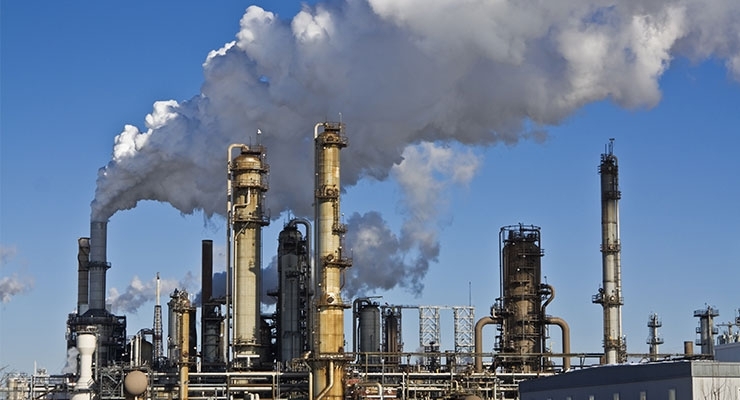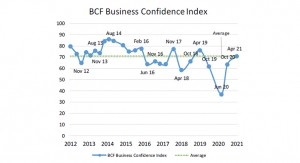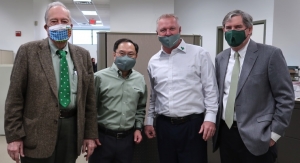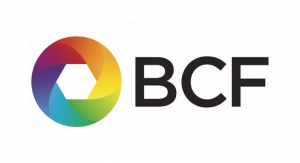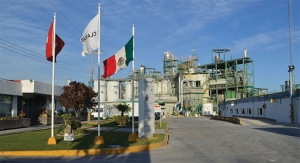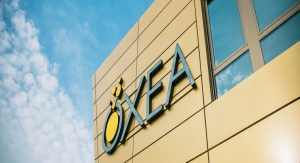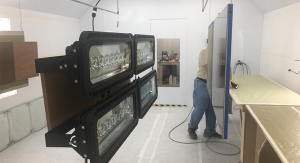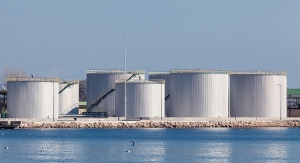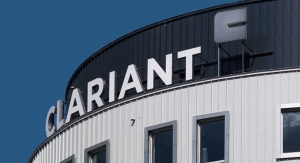David Savastano , Editor05.10.18
At RadTech 2018, there are lots of interesting new technologies and discussion of emerging markets. However, the discussion among many attendees is not the opportunities, but instead the realities of the raw material market – In particular, the shortage of important photoinitiators essential for inks and coatings.
I have spoken with executives from five major ink manufacturers as well as key suppliers here at RadTech, and everyone is extremely concerned. There are a wide range of versions to this story, but it seems to boil down to this: the photoinitiators in question, TPO and TPO-L, are used for inkjet inks, UV LED inks, automotive coatings and wood coatings and flooring. There are only a small handful of companies that produce the precursor needed for TPO and TPO-L, and one of the major producers has been shut down by the Chinese government.
With that, there is a shortage. Not surprisingly, what is left of these photoinitiators are going up in price as suppliers try to figure out how to make up the shortfall. Re-formulating inks isn’t easy, as many ingredients are no longer allowed due to regulations, and companies would have to get approval for any changes from their customers.
Ink manufacturers are in a squeeze. On the one hand, they can’t get price increases from printers, who aren’t completely aware of what is happening. The real problem is production, though, as some companies are having to decide what products have to be put on hold while they try to ration the inventory they have left.
The European Printing Ink Association (EuPIA) took the step on May 4 of warning companies throughout the printing supply chain that there is a “potential shortage of photoinitiators.” EuPIA added that the two main causes are governmental activities and REACH-related issues.
Here is the major part of EuPIA’s text:
“Over the last few years the global geo-political situation has undergone a number of changes, including a shift from attempts to reduce trade barriers to ideas about increasing trade barriers. In China, where the majority of photoinitiators and their precursors are manufactured, governmental initiatives for environmental protection have prompted many suppliers to either cease or reduce production for limited periods of time. Holistically, these initiatives are to be welcomed, but they undeniably influence the availability of materials, oftentimes resulting in price increases.
“The supply of photoinitiators has been further impacted by major incidents; a factory fire, unforeseeable events (force majeure) at chemical plants, low stocks, unplanned maintenance and production outages – all recent examples.
“As the deadline for registration under the REACH regulation approaches, some raw material suppliers have chosen either not to register some raw materials or to register them only for low volume usage. This has the potential to narrow the choice that ink manufacturers have when substituting photoinitiators for materials that can also suffer short term supply issues or limited applicability due to re-classification under the CLP regulation (classification, labelling and packaging), in accordance with the EuPIA Exclusion Policy.
“EuPIA sees all its member companies highly engaged to safeguard supply for their customer bases, searching for alternatives whilst encouraging their suppliers to develop as broad and diverse a supply base as possible. Despite all of this good work there may be occasions when shortages will occur and, in such circumstances, EuPIA would ask for understanding from its members’ customer base while the ink industry is working to rectify the situation as quickly as possible.”
No one really knows how long this shortage will continue. Two months is the most optimistic estimate I have heard, but there is no certainty. Even after it clears, it will take time for companies to rebuild their stocks. For now, it is clear that the supply chain is heavily impacted, and there is more to come.
I have spoken with executives from five major ink manufacturers as well as key suppliers here at RadTech, and everyone is extremely concerned. There are a wide range of versions to this story, but it seems to boil down to this: the photoinitiators in question, TPO and TPO-L, are used for inkjet inks, UV LED inks, automotive coatings and wood coatings and flooring. There are only a small handful of companies that produce the precursor needed for TPO and TPO-L, and one of the major producers has been shut down by the Chinese government.
With that, there is a shortage. Not surprisingly, what is left of these photoinitiators are going up in price as suppliers try to figure out how to make up the shortfall. Re-formulating inks isn’t easy, as many ingredients are no longer allowed due to regulations, and companies would have to get approval for any changes from their customers.
Ink manufacturers are in a squeeze. On the one hand, they can’t get price increases from printers, who aren’t completely aware of what is happening. The real problem is production, though, as some companies are having to decide what products have to be put on hold while they try to ration the inventory they have left.
The European Printing Ink Association (EuPIA) took the step on May 4 of warning companies throughout the printing supply chain that there is a “potential shortage of photoinitiators.” EuPIA added that the two main causes are governmental activities and REACH-related issues.
Here is the major part of EuPIA’s text:
“Over the last few years the global geo-political situation has undergone a number of changes, including a shift from attempts to reduce trade barriers to ideas about increasing trade barriers. In China, where the majority of photoinitiators and their precursors are manufactured, governmental initiatives for environmental protection have prompted many suppliers to either cease or reduce production for limited periods of time. Holistically, these initiatives are to be welcomed, but they undeniably influence the availability of materials, oftentimes resulting in price increases.
“The supply of photoinitiators has been further impacted by major incidents; a factory fire, unforeseeable events (force majeure) at chemical plants, low stocks, unplanned maintenance and production outages – all recent examples.
“As the deadline for registration under the REACH regulation approaches, some raw material suppliers have chosen either not to register some raw materials or to register them only for low volume usage. This has the potential to narrow the choice that ink manufacturers have when substituting photoinitiators for materials that can also suffer short term supply issues or limited applicability due to re-classification under the CLP regulation (classification, labelling and packaging), in accordance with the EuPIA Exclusion Policy.
“EuPIA sees all its member companies highly engaged to safeguard supply for their customer bases, searching for alternatives whilst encouraging their suppliers to develop as broad and diverse a supply base as possible. Despite all of this good work there may be occasions when shortages will occur and, in such circumstances, EuPIA would ask for understanding from its members’ customer base while the ink industry is working to rectify the situation as quickly as possible.”
No one really knows how long this shortage will continue. Two months is the most optimistic estimate I have heard, but there is no certainty. Even after it clears, it will take time for companies to rebuild their stocks. For now, it is clear that the supply chain is heavily impacted, and there is more to come.

